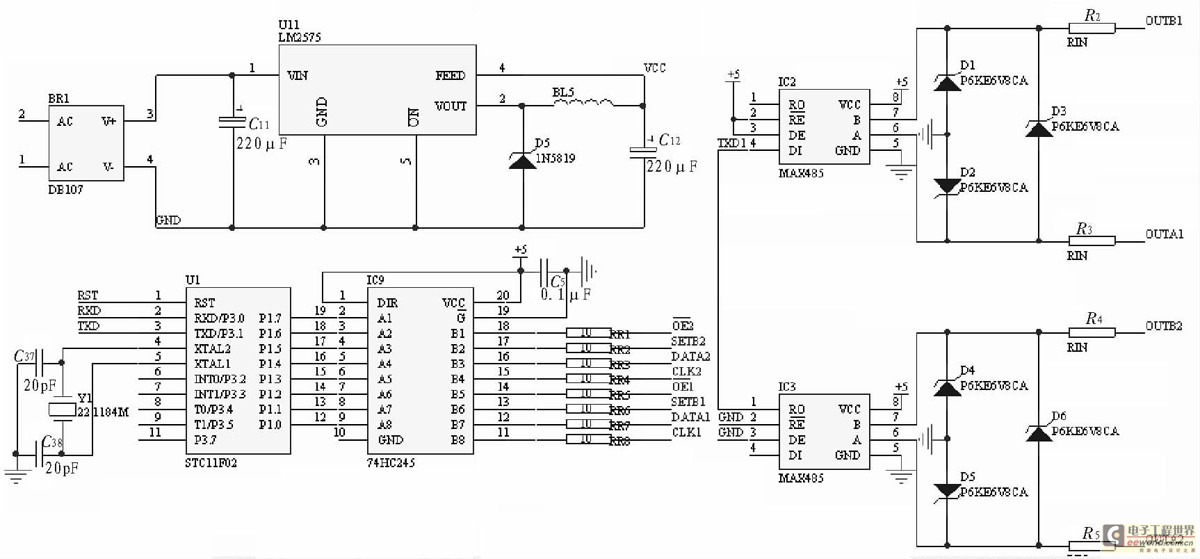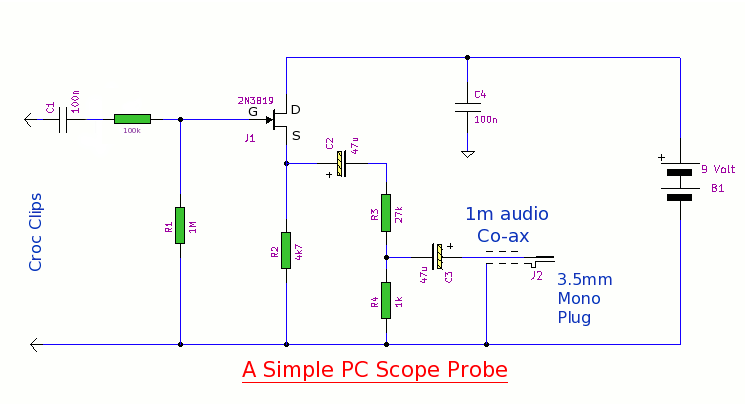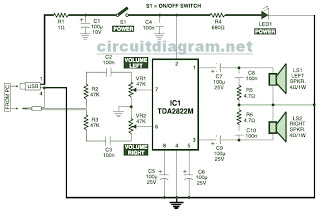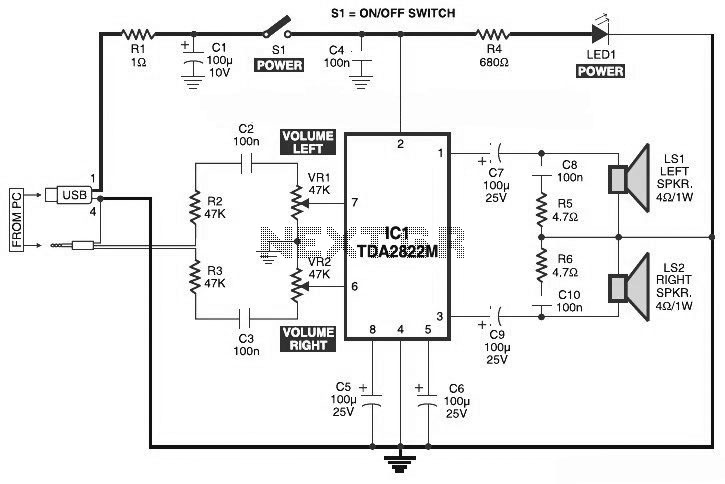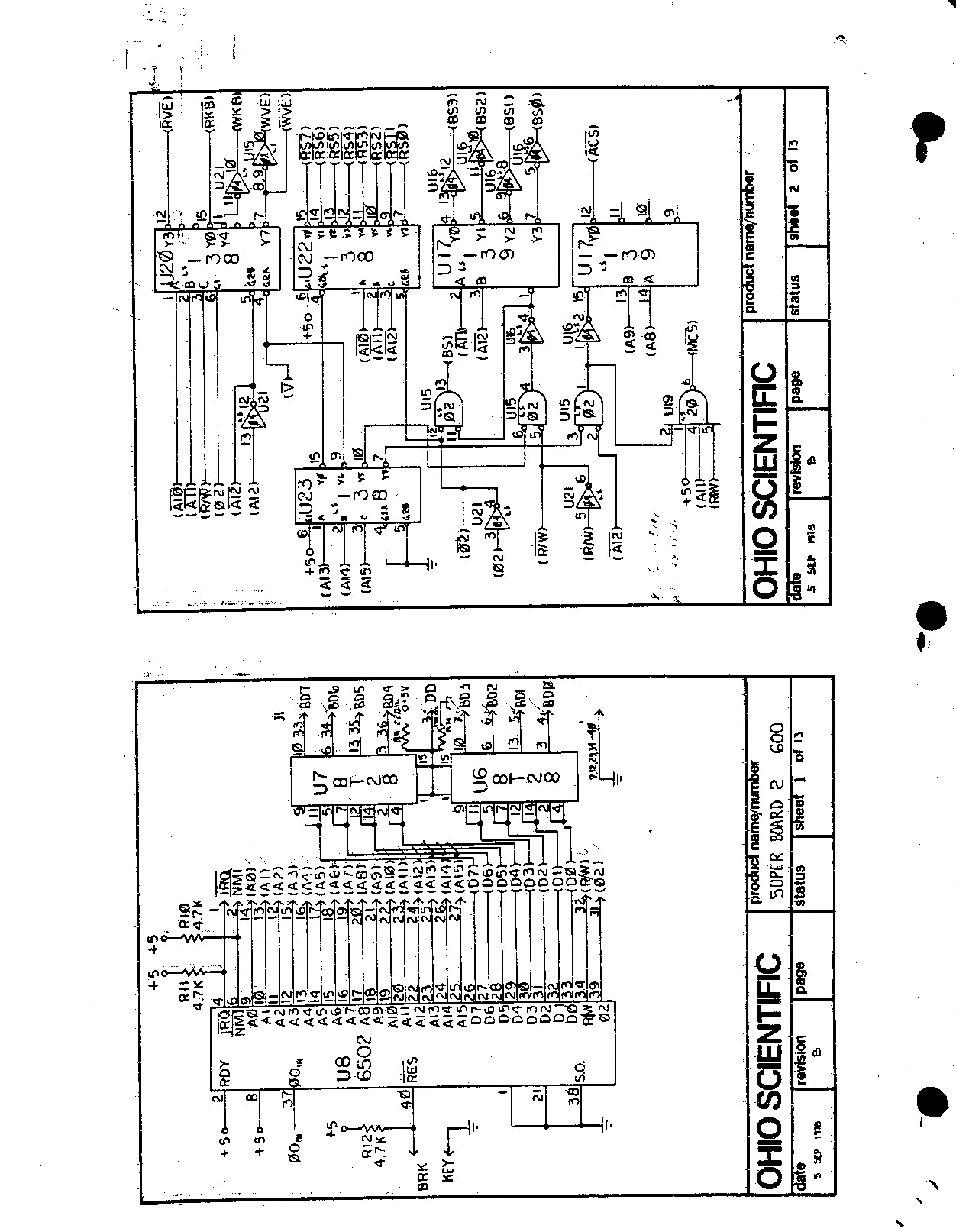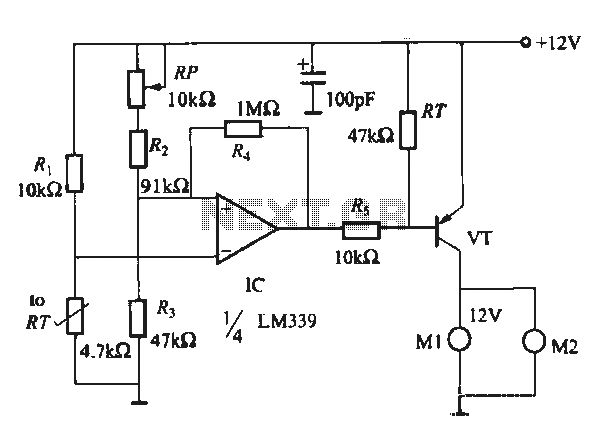
computer c64
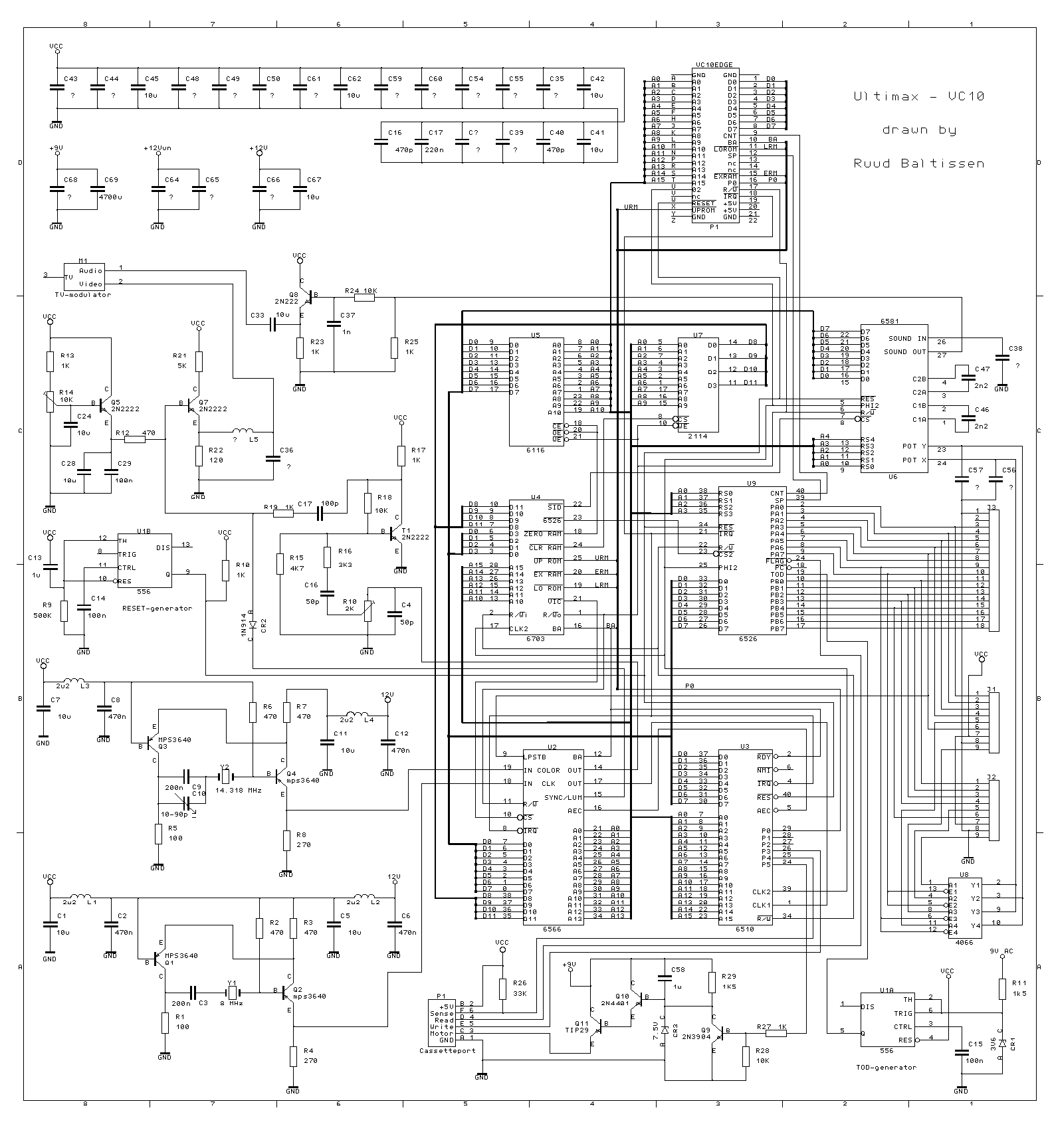
A block diagram of the Commodore 64 internal power supply, illustrating how the +12V, +9V, and TOD clock signals are generated from the 9V AC input. This diagram is sourced from the SAMS C64 Troubleshooting Guide. The Commodore 64 schematic diagram has been scanned at 360 DPI in two colors. It appears to be the same schematic that was published in the Commodore 64 Programmer's Reference Guide, albeit with partial translation into German. Additionally, the schematic diagram for the Commodore VIC-10, also known as UltiMax or "Vickie," was created by Ruud Baltissen. For further details on this extremely rare machine, refer to the file labeled 326100.png.
The internal power supply circuit of the Commodore 64 is crucial for its operation, as it converts the 9V AC input into the necessary DC voltage levels required by the computer. The block diagram provides a clear representation of how the +12V and +9V outputs are generated, along with the TOD (Time of Day) clock signals.
The power supply unit typically consists of a transformer that steps down the voltage from the AC mains to 9V AC. This AC voltage is then rectified using diodes to produce a pulsating DC voltage. Capacitors are employed to smooth this pulsating voltage, providing stable DC outputs. Voltage regulators may be used to ensure that the output voltages remain constant under varying load conditions, protecting the internal components of the Commodore 64 from voltage fluctuations.
The +12V output is often used to power peripheral devices, while the +9V output serves the internal circuitry of the computer. The TOD clock signals are essential for maintaining time functions within the system, ensuring that the computer can accurately track time-related tasks.
The schematic diagram's resolution of 360 DPI in two colors allows for clear visualization of the circuit's components and connections, facilitating troubleshooting and repair. The partial translation into German may aid German-speaking technicians in understanding the circuit's functionality. The reference to the Commodore VIC-10 schematic indicates the interconnected history of these machines, highlighting the importance of accurate documentation in preserving knowledge about vintage computing hardware.A block diagram of the Commodore 64 internal power supply (how the +12V, +9V and TOD clock signals are generated from the 9V AC input). Taken from the SAMS C64 Troubleshooting Guide. Commodore 64 schematic diagram, scanned with 360 DPI, 2 colours. This seems to be the same (buggy) schematic that was published in the Commodore 64 Programmer`s Refer
ence Guide, but has been partially translated into German. Commodore VIC-10, a. k. a. UltiMax a. k. a. "Vickie" schematic diagram, drawn by Ruud Baltissen. For more information on this extremely rare machine, see. See also 326100. png. 🔗 External reference
The internal power supply circuit of the Commodore 64 is crucial for its operation, as it converts the 9V AC input into the necessary DC voltage levels required by the computer. The block diagram provides a clear representation of how the +12V and +9V outputs are generated, along with the TOD (Time of Day) clock signals.
The power supply unit typically consists of a transformer that steps down the voltage from the AC mains to 9V AC. This AC voltage is then rectified using diodes to produce a pulsating DC voltage. Capacitors are employed to smooth this pulsating voltage, providing stable DC outputs. Voltage regulators may be used to ensure that the output voltages remain constant under varying load conditions, protecting the internal components of the Commodore 64 from voltage fluctuations.
The +12V output is often used to power peripheral devices, while the +9V output serves the internal circuitry of the computer. The TOD clock signals are essential for maintaining time functions within the system, ensuring that the computer can accurately track time-related tasks.
The schematic diagram's resolution of 360 DPI in two colors allows for clear visualization of the circuit's components and connections, facilitating troubleshooting and repair. The partial translation into German may aid German-speaking technicians in understanding the circuit's functionality. The reference to the Commodore VIC-10 schematic indicates the interconnected history of these machines, highlighting the importance of accurate documentation in preserving knowledge about vintage computing hardware.A block diagram of the Commodore 64 internal power supply (how the +12V, +9V and TOD clock signals are generated from the 9V AC input). Taken from the SAMS C64 Troubleshooting Guide. Commodore 64 schematic diagram, scanned with 360 DPI, 2 colours. This seems to be the same (buggy) schematic that was published in the Commodore 64 Programmer`s Refer
ence Guide, but has been partially translated into German. Commodore VIC-10, a. k. a. UltiMax a. k. a. "Vickie" schematic diagram, drawn by Ruud Baltissen. For more information on this extremely rare machine, see. See also 326100. png. 🔗 External reference
